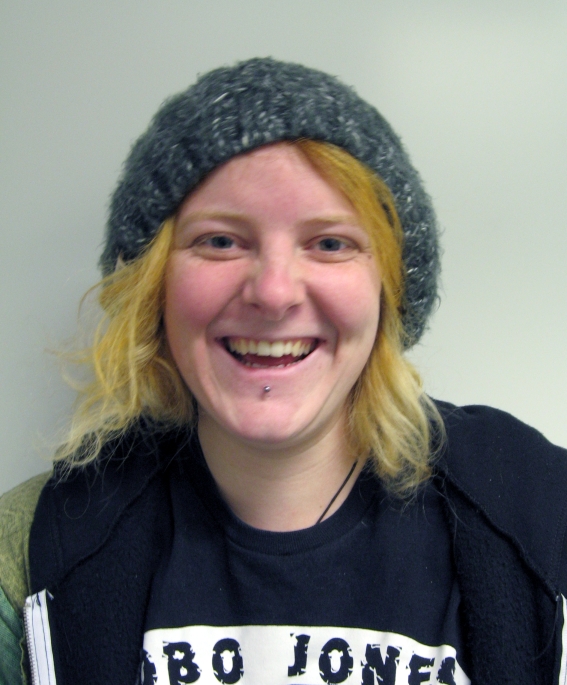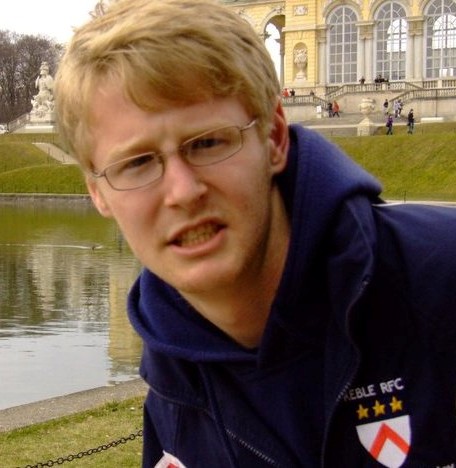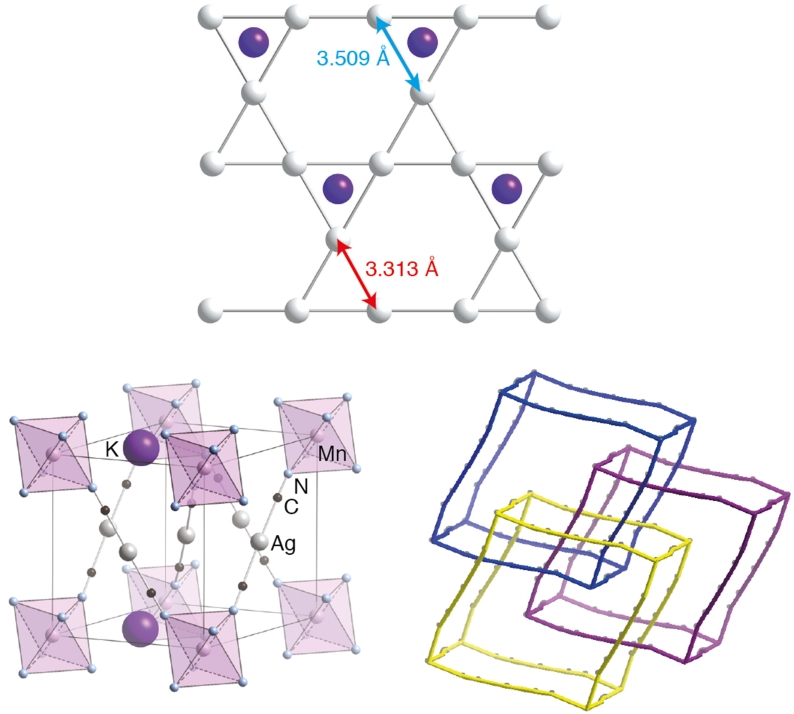 For his Part II year, Karim worked in Chem. Cryst. studying ion binding in rotaxanes (in collaboration with Paul Beer’s research group). He has now returned to do a D. Phil. spending part of his time at Diamond Light Source. When he’s not at Diamond he can be found playing darts or cricket for Worcester College.
For his Part II year, Karim worked in Chem. Cryst. studying ion binding in rotaxanes (in collaboration with Paul Beer’s research group). He has now returned to do a D. Phil. spending part of his time at Diamond Light Source. When he’s not at Diamond he can be found playing darts or cricket for Worcester College.
Karim is a founder member of the Quiztallographers.


